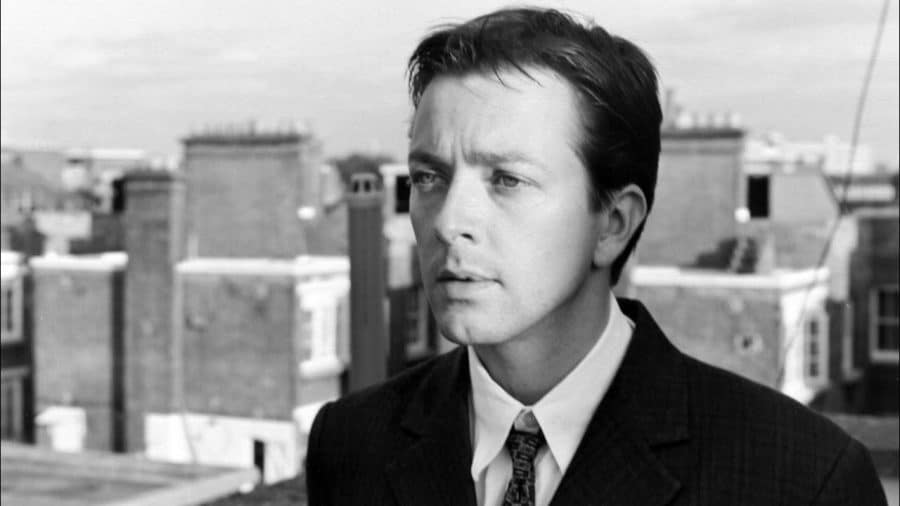
The people featured on this list have all made a lasting influence on cinema as a way of artistic expression. Time in which they created their finest works differs, their beliefs differ, their styles and methods differ, yet every one of them touched our minds and souls in a way that made us feel.
Fortunately, most of them pumped out quite a number of good films. Some became instant classics, winning the hearts of the audiences the moment they hit theaters. Some spent some time in the shadows before getting recognized and are now celebrated as the very best of their respected genres, cinematic landmarks and turning points in the history of art.
Some, however, never got the chance. Whether because they collided with the morals of the society of their time, or because their makers still didn’t make a name enough for themselves, or because something else got in their way to the theaters and homes of movie lovers, these flicks were sentenced to a life of obscurity.
They still lurk in the thick shadows of the luckier creations of their masters, desperately waiting to be seen and appreciated. This is a list about them.
1. Dementia 13 (1963) – Francis Ford Coppola
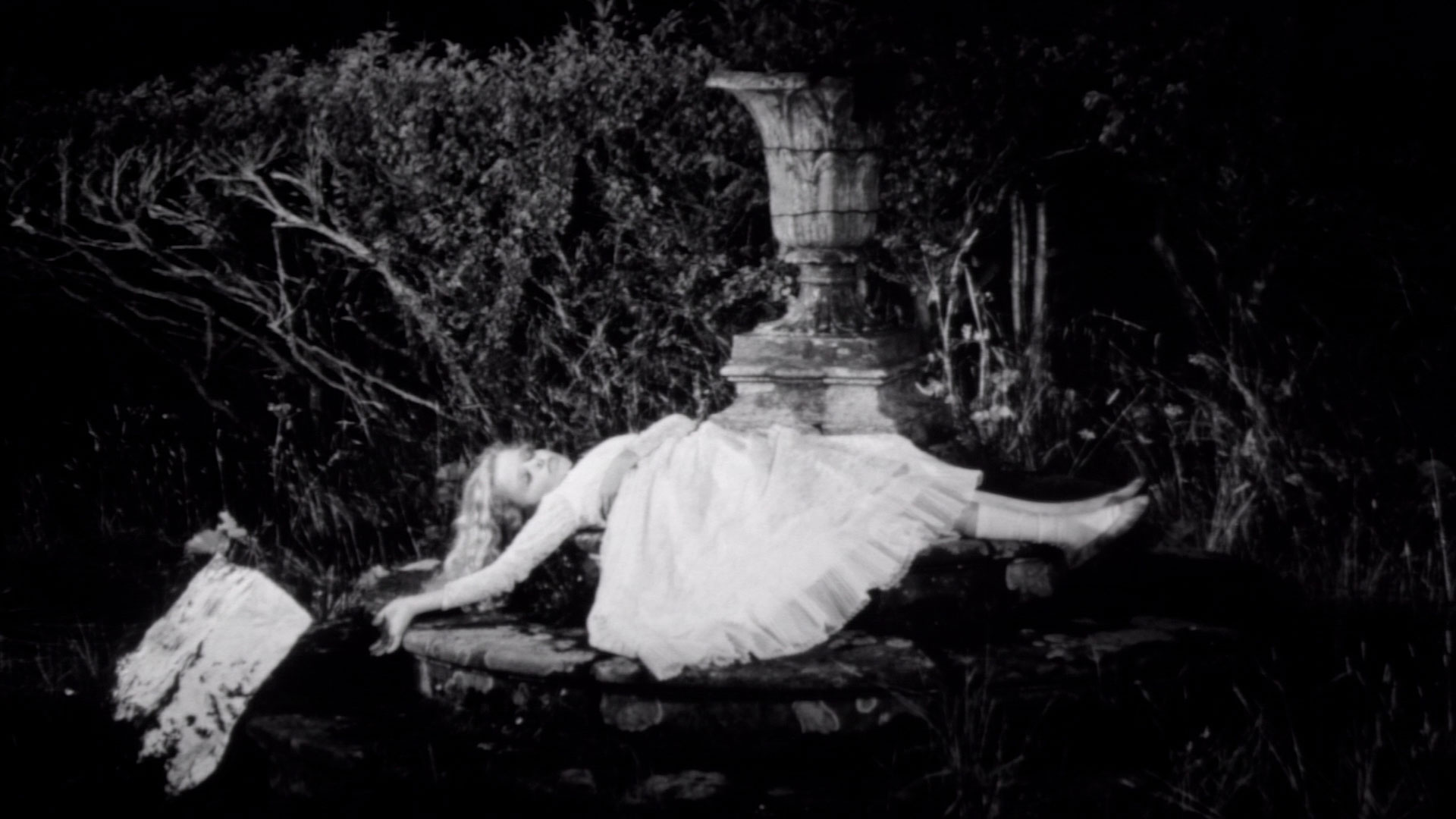
Coppola made quite a breakthrough in the industry in 1972 with The Godfather, then went on a masterpiece spree with the 1974 sequel and Apocalypse Now before slowly fading away to a less succesful period, with occasional semi-hits such as the final part of the trilogy or Rainmaker.
His pre-72 career is a thing of mystery for everyone except for the hardcore fans of his, who, frankly, are not all too numerous. It is riddled with a handful of attempts at the extreme, from borderline porn to a few cute little cheesy scares such as this one.
After the troublesome production in England, the film opened to not-so-great reviews and commercial gains, and it didn’t have the lucky fate of many hidden gems of the greats that wind up rediscovered many years after their painful failures, so it is still not often brought up when discussing Coppola’s career. Unfairly, though: a masterpiece it absolutely is not. A short little picture with a running time of less than 90 minutes and a handful of scares and laughs it most definitely is.
2. Dark Habits (1983) – Pedro Almodovar
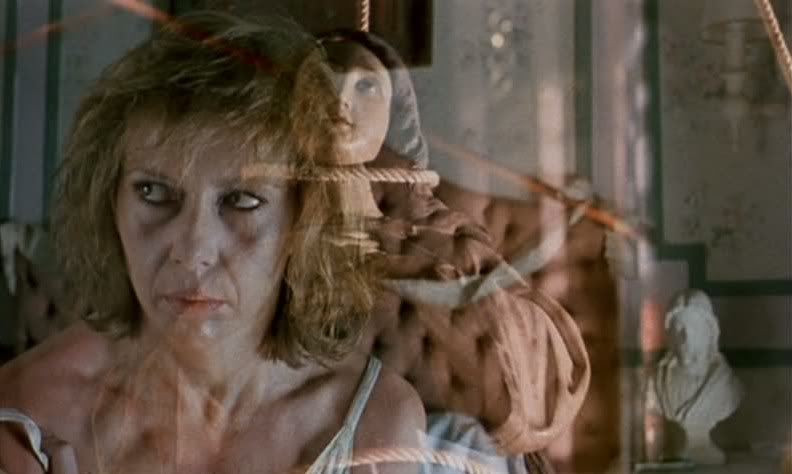
As is often the case with unusually prolific filmmakers, Almodovar’s body of work ended up huge, at moments watered down, and too large to get properly grasped by the general public. The start of his cinematic ventures began with camp, unraveling to a more mature, albeit less successful phase.
His early days are marked by films of great silliness and oftentimes questionable moral values, serving as a lashout of a man of unbridled perverty, long supressed by the Franco regime. Even with that in mind, this one takes it a step farther than most of his flicks.
The story is centered on a woman who joins a group of nuns hoping to find inner peace after some unusual troubles in her private life, but it doesn’t end up the way she or you might have expected: the nuns are a bunch as filthy and morally corrupt as everyone else, and they endulge in every single vice one could think of, from premarital sex to hard drugs.
While Almodovar was never a stranger to censorship, Dark Habits was kept from the public eye and rejected by every major film festival and organization of its time in a weirdly meticulous way. The chief reason was the content of the film, which, besides the scenes that were shocking in their visuals and content, also critiqued organized religion (the Catholic Church in particular) as a hypocritical concept in a way that wasn’t exactly subtle or tasteful.
3. The Goddess (1960) – Satyajit Ray
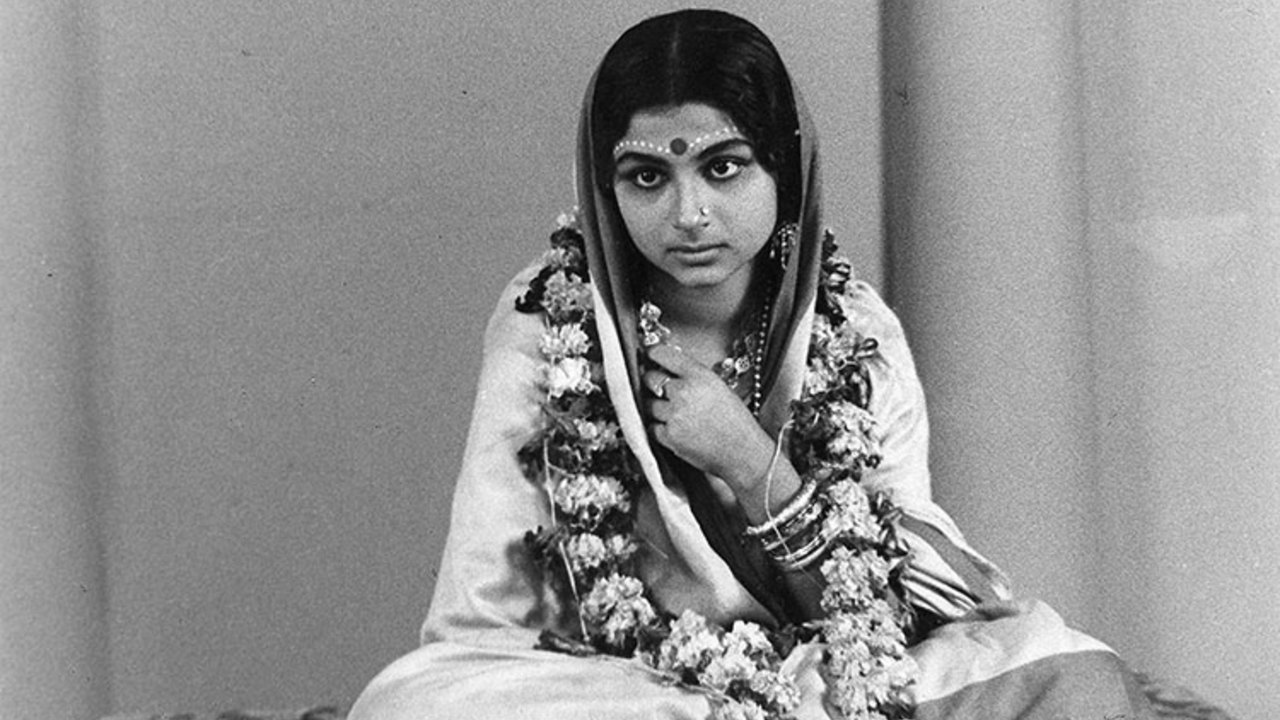
Hindi cinema is undeservedly neglected by even some of the more open minded film connosieurs. Mister Ray is sadly more known as a persona, a godfather of Bengali film of sort, while his actual works are not seen and analyzed even by those well aware of his significance.
The Apu trilogy remains his best known set of works by far. The rest of his opus is mostly unknown as a whole, so to group any of the remaining ones in the „lesser-known“ category wouldn’t be that much of a mistake.
Devi made the cut for this list, however. Despite what we previously said about almost the entirety of Ray opus qualifying for this list, this film wasn’t chosen at random.
Combined with slight comedic overtones, it is a powerful story of a wealthy Indian aristocrat whose life is coming to an end. He has a vision of his teenaged daughter-in-law being a human incarnation of a goddess, and clings on to her as his last hope. She soon begins to be venerated by Hindu believers from the surrounding towns and villages, especially the downthroden ones, who believe that she posseses special powers required to turn the course of their wretched lives in a different directon.
Perhaps this comment is coming from a subjective point, but none of Ray’s work, and he sure worked a lot, came close to dissecting the Indian society’s views of human interaction, religion and social hierarchy as much as this one.
4. The Hunters (1977) – Theo Angelopoulos
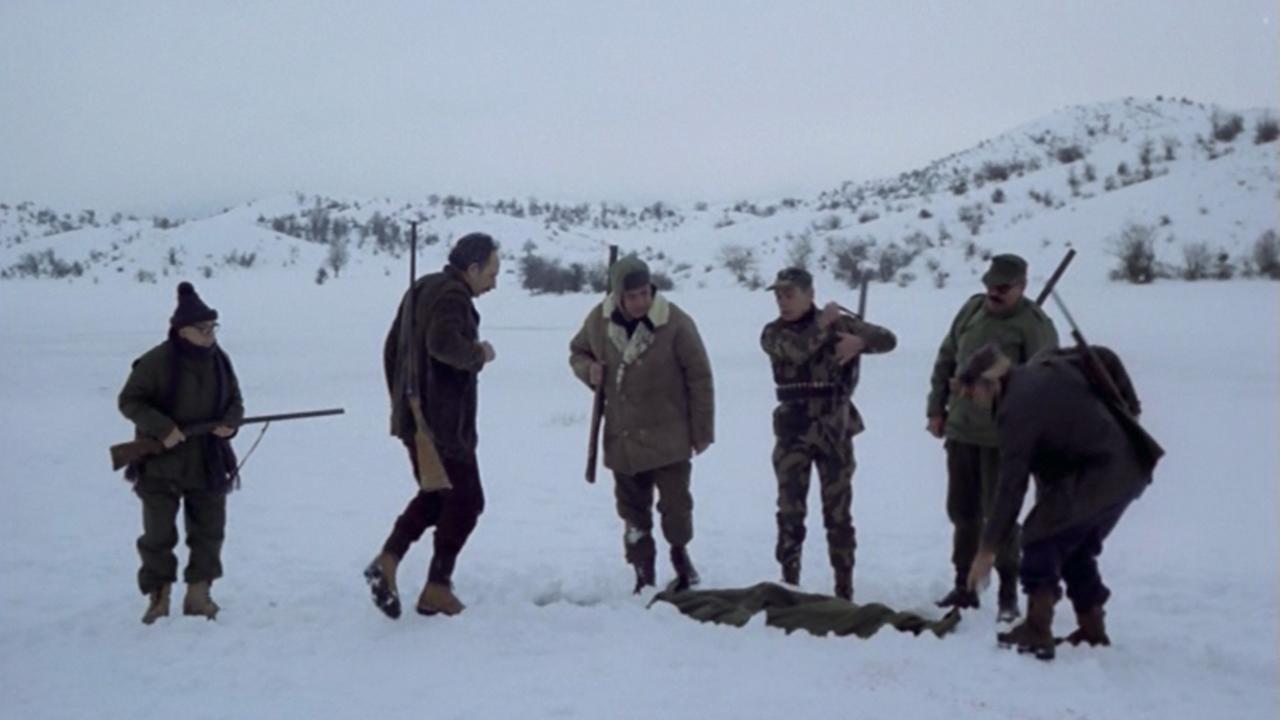
Coming shortly after the fall of Greek iron-fist military dictatorship, this film makes a political commentary mixed with nightmarish sequences, sometimes apparently unrelated, reaching the climax and cooling off in a fever dream-like way, unusual even for generally experimental Angelopoulos.
Six wealthy snobs, that rose from the ashes in the aftermath of the bloody civil war of the 1940s stumble upon a frosted corpse of a communist partisan, their former opponent, looking fresher than it should after rotting away for three decades.
That is roughly the plot, but this isn’t a neccessarilly a plot-oriented experience and, although it tries its hand at critiquing right-wing politics, it also explores many other themes throughout the roughly three hours of its running time, and isn’t trying to send it message in an on-the-nose way, so you should forget all your worries about this film’s potential overt political undertones if you are not particularly inclined to agree with its leanings.
5. Chimes at Midnight (1965) – Orson Welles
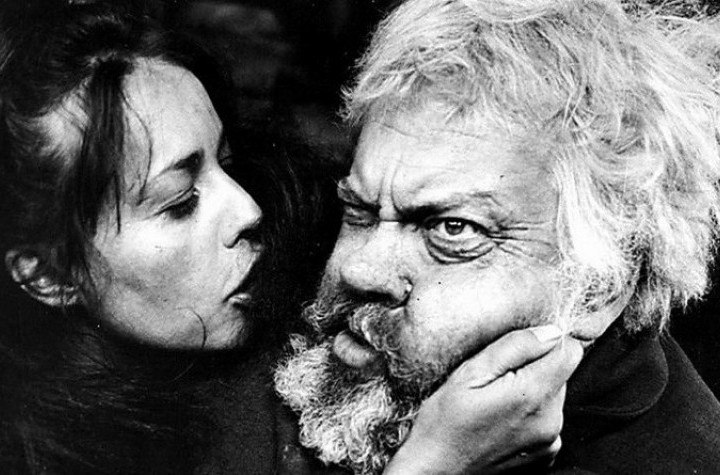
Beginning his life as a Hollywood boy-wonder, climaxing with the head-spinning fame and acclaim of Citizen Kane, Welles’ life slowly spiraled down to an impoverished bohemian on the streets of Europe doing gigs of questionable quality for a buck or two, and was filled with interesting titles, spanning across all phases of his work.
That made this choice incredibly hard, but there is something about Chimes at Midnight that makes it stand out in the Welles catalogue moreso than the avant-garde F for Fake or the classically charming Macbeth and Othelo. Unlike the two fine but straightforward adaptions, this picture draws upon the Shakespeare character of Falstaff (the film was marketed with the name of the main character in the majority of European countries at the time of the release), while also building a completely new narrative that is Wellesian as much as Shakespearean.